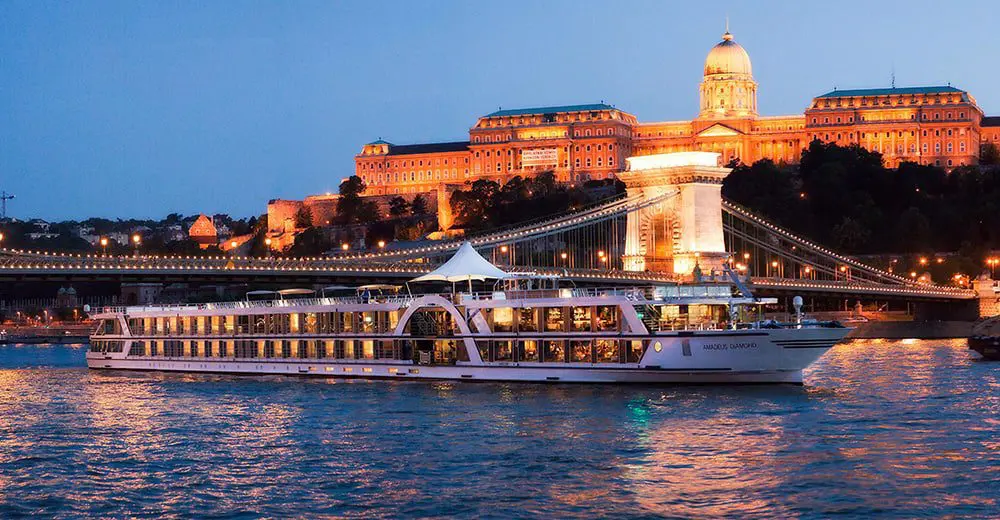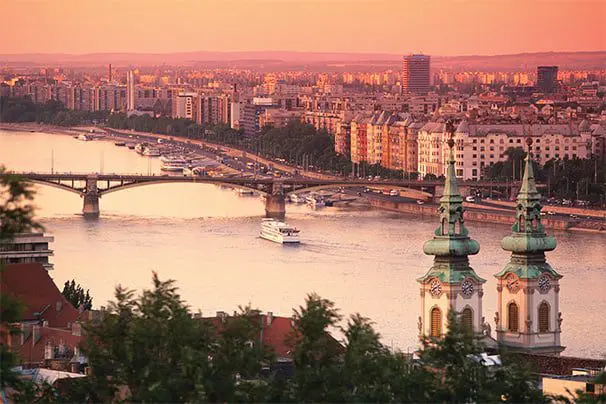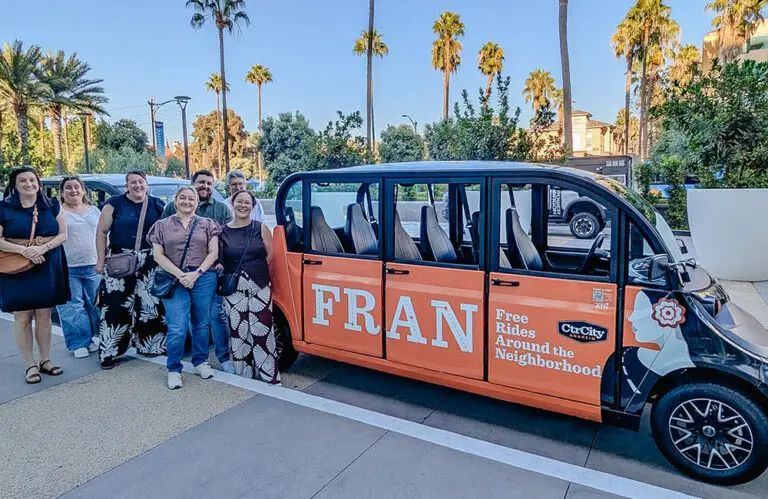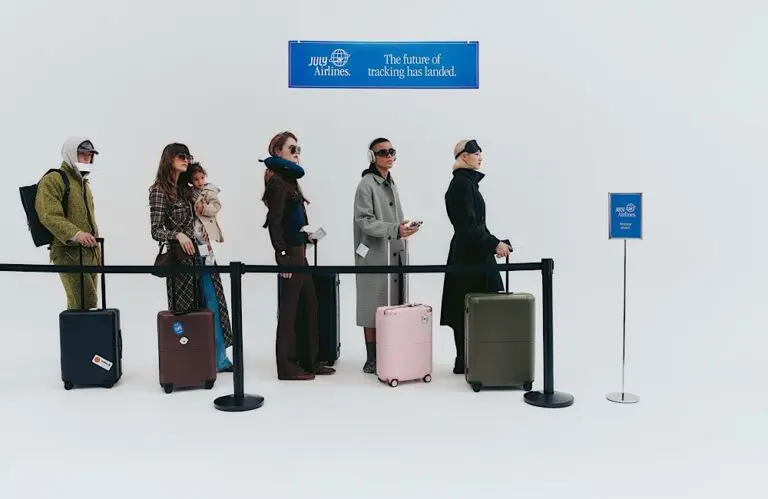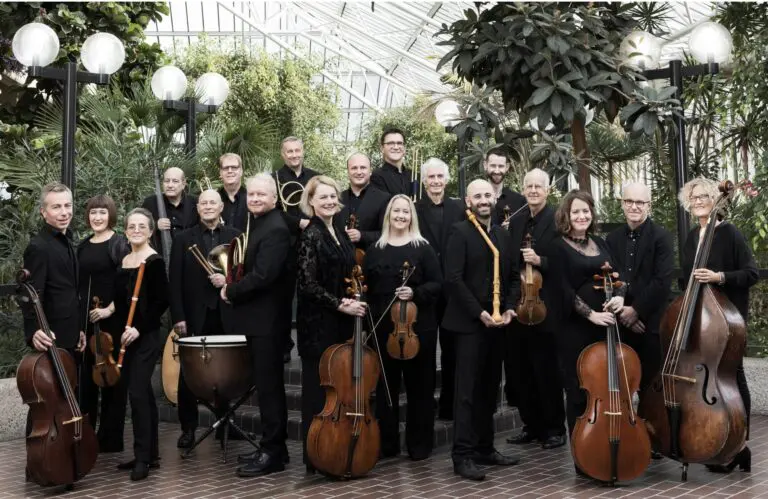In our second part of our KarryOn’s Guide to River Cruising – series we are looking at the low-slung luxurious ships in Europe with an international passenger mix.
River cruises offer you the chance to see Europe’s exotic lands and historical cities like you’ve never seen them before. From winding medieval streets and elegant architecture, to steamy jungles and bustling marketplaces, with a river cruise you will get closer and see more than ever before.
Itineraries may incorporate major cities as cornerstones, but your experience will focus as much on smaller towns and villages that you come across along the way.
Europe
Europe’s definitely the best place to start if you’ve never tried a river cruise. Typically, river ships sail the Rhine (which travels through the Netherlands, Germany, France and Switzerland, among other countries) and the Danube, which crosses through Germany. In fact, river cruising in Europe got a major boast in the 1990’s with the creation of the Main canal, which connects the Rhine and Danube and enables ships to travel between the two.
Austria, Slovakia, Hungary and even Bulgaria, offer a great balance of marquee cities, delightful villages and small towns.
Other popular rivers include France’s Seine. Ships are based in Paris and cruise down to the Normandy region. The Rhone, also in France, offers Provencal experiences between Lyon and Arles.
Other Europe rivers you can cruise include the continent’s Elbe and Moselle (which often connect to other major river itineraries), Italy’s Po and Portugal’s Douro.
Russia’s Volga is another popular river for cruising, and voyages typically sail between Moscow and St. Petersburg. In spring, “tulip time” itineraries, based in Amsterdam, favour the Netherlands and Belgium. And in winter, Christmas Markets voyages, primarily along the Rhine and Danube, are magical ways to celebrate the season.
The Season
In Europe, the river cruise season begins in late March and runs through late October (the best time for value-seekers). Lines keep a handful of ships available for the holiday markets season (late November through New Year’s Day) on the Rhine and Danube. And then they put ships away for the season, usually spending off-months on maintenance and refurbishment.
Challenges
Too much rain or not enough can really be problematic for river cruises, particularly in, but not limited to, spring (when snowmelt fills the rivers) and fall (when the rainy season begins). Rising or falling rivers can mean that passage under low bridges is not possible or that water levels are too shallow to permit safe cruising. Typically river lines plan ahead — and in these situations may organised longer day trips, using roads to get around, or even for passengers to swap ships at key trouble points.


